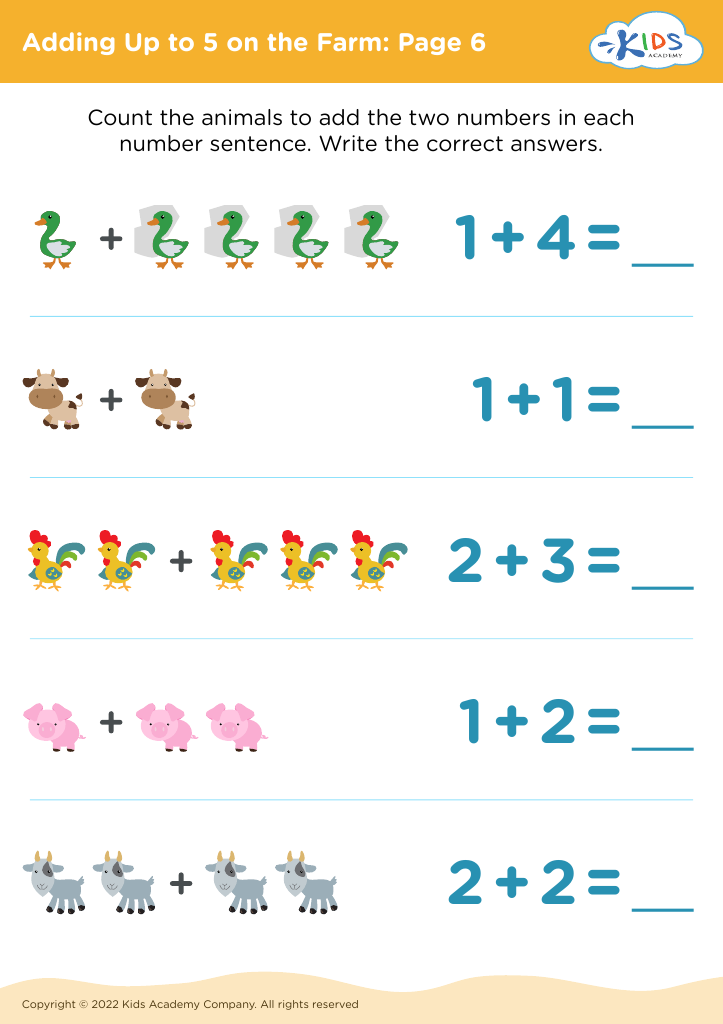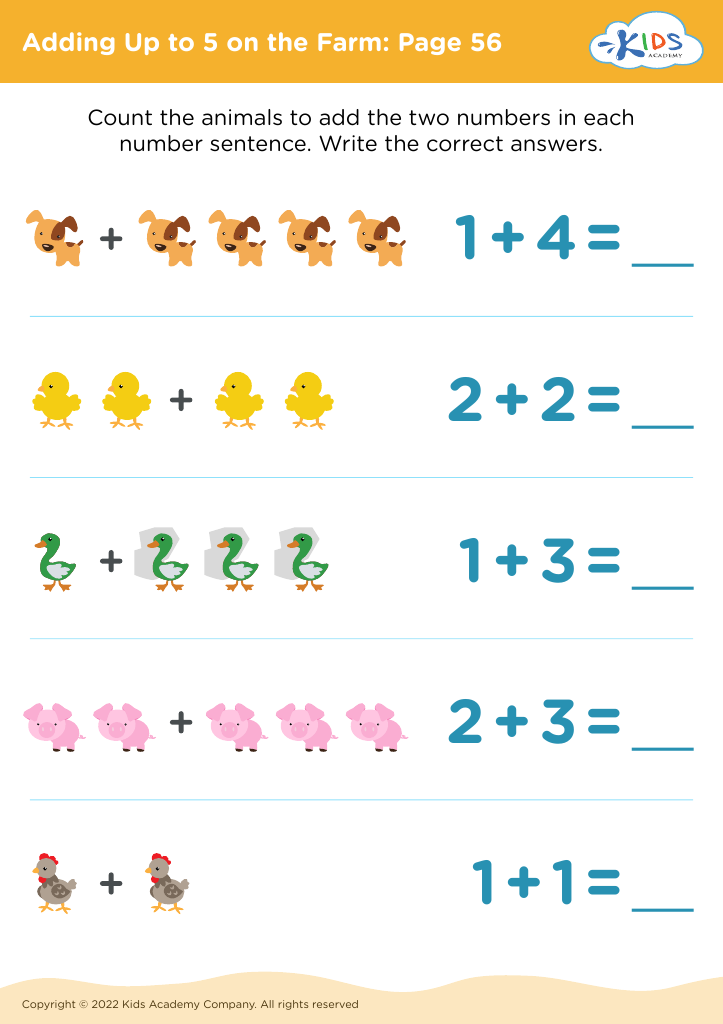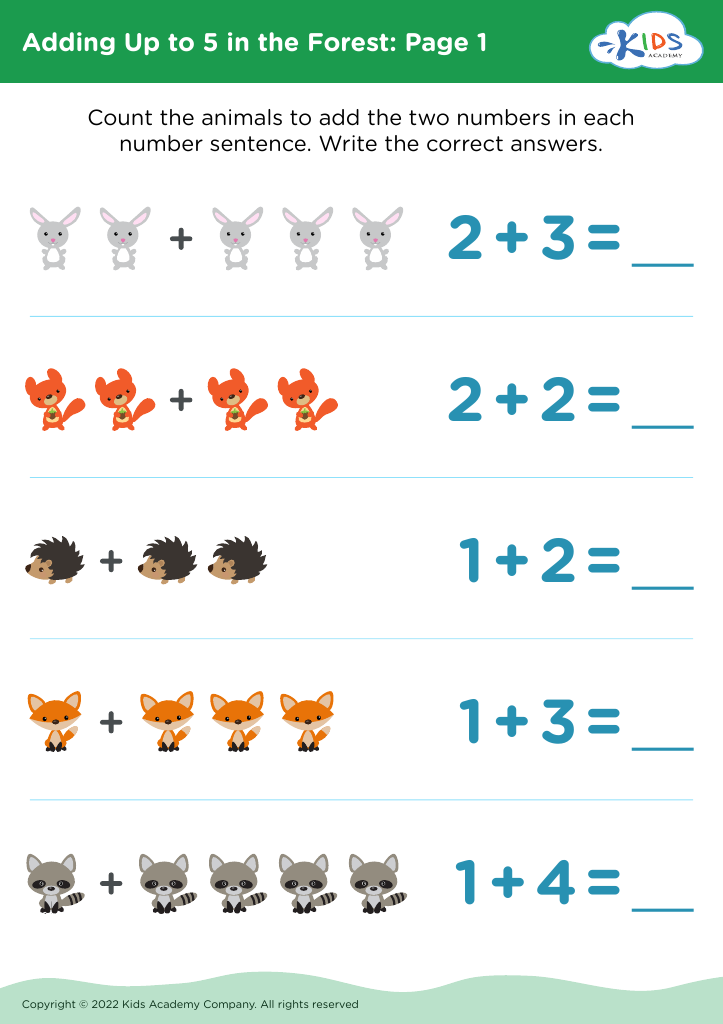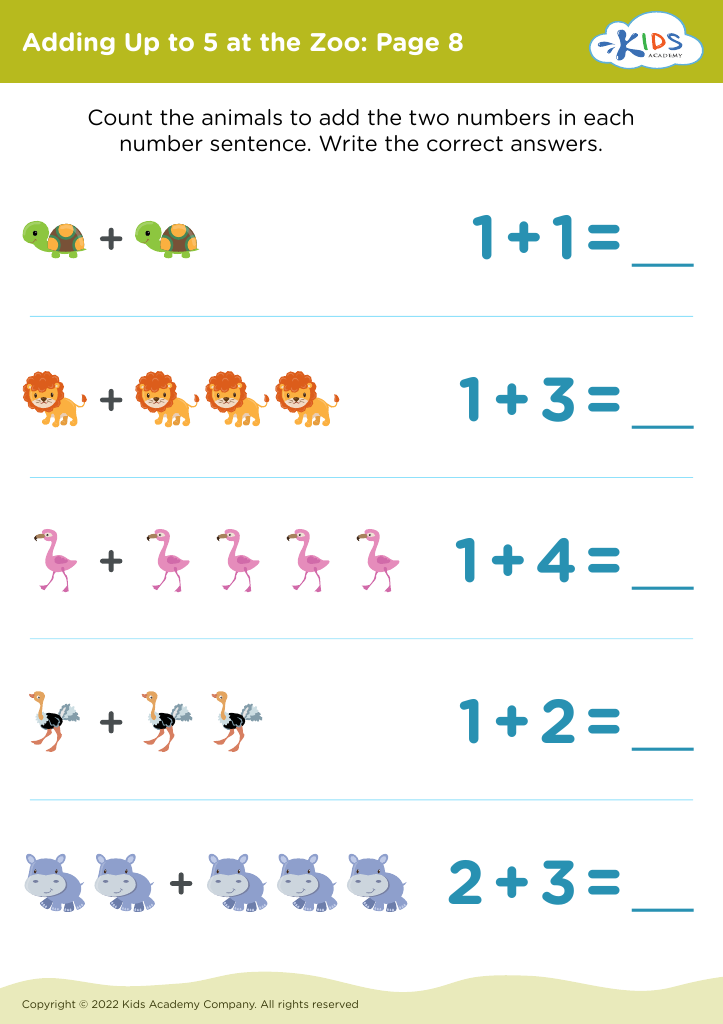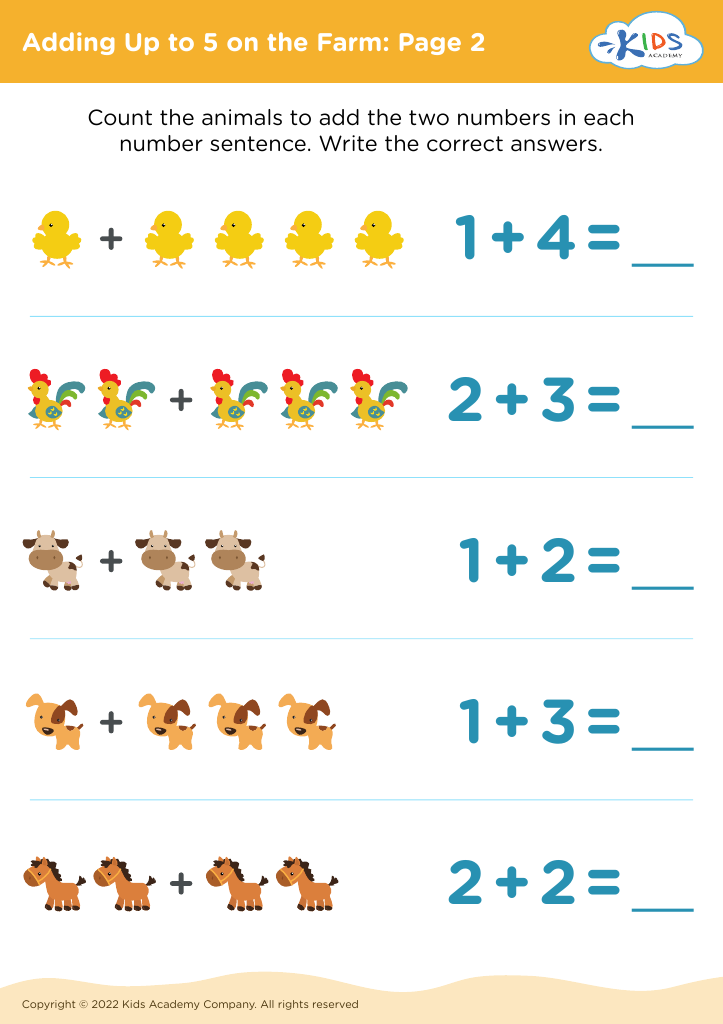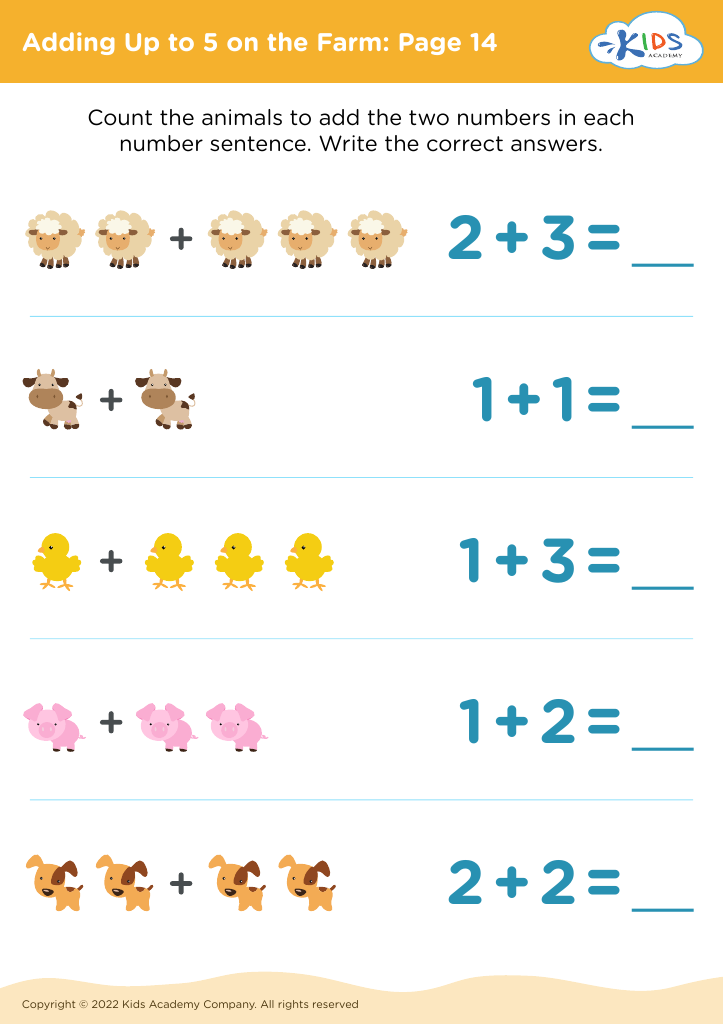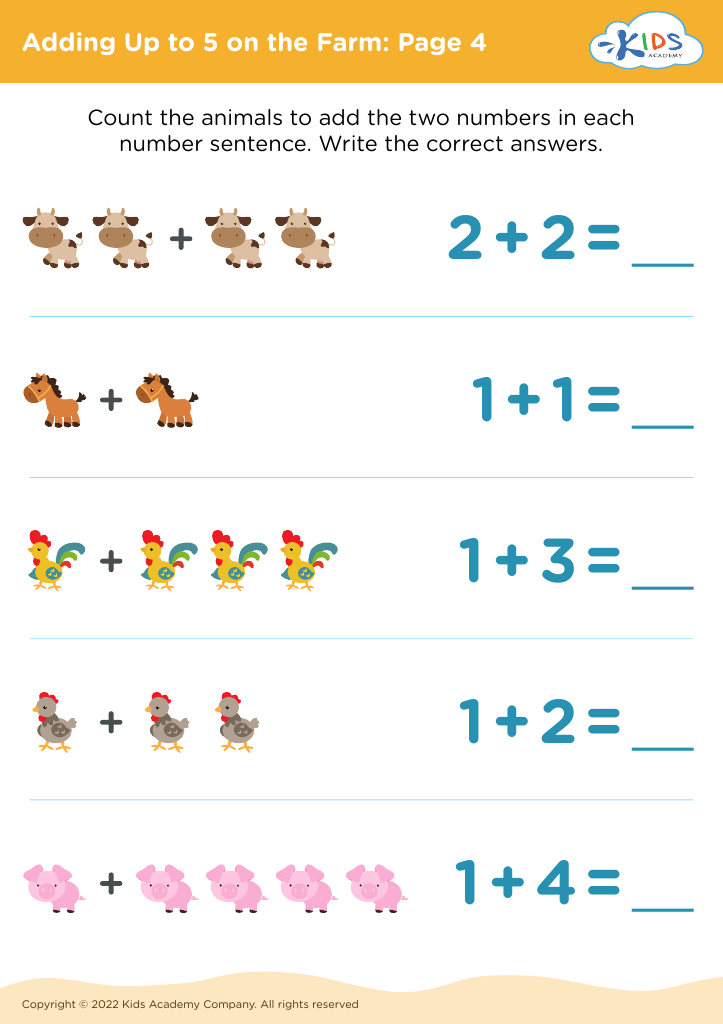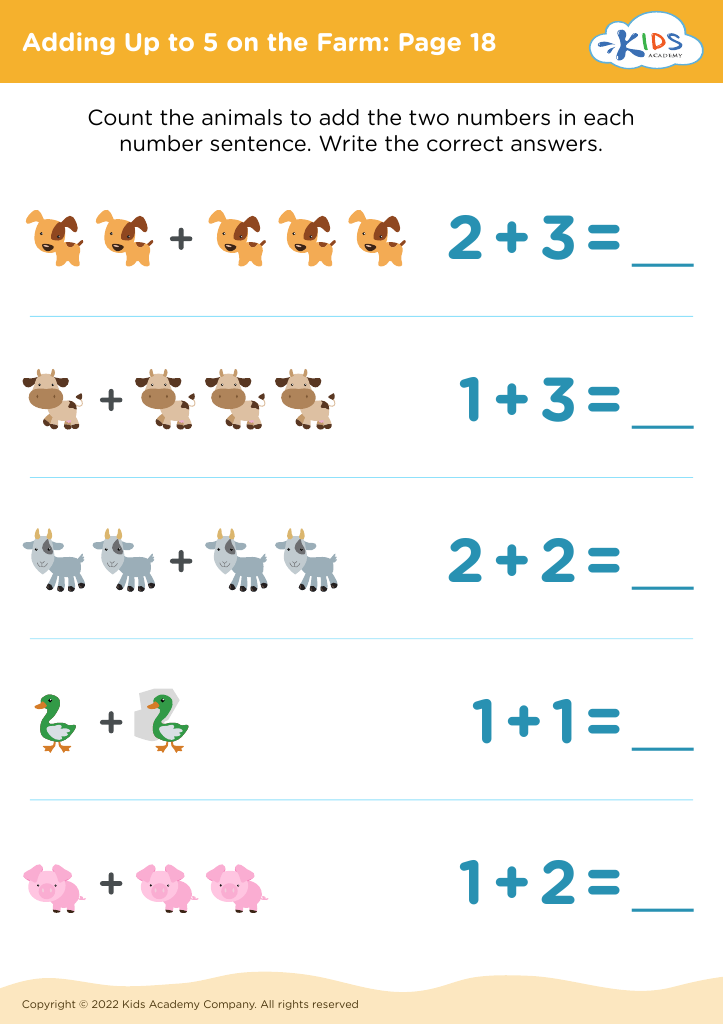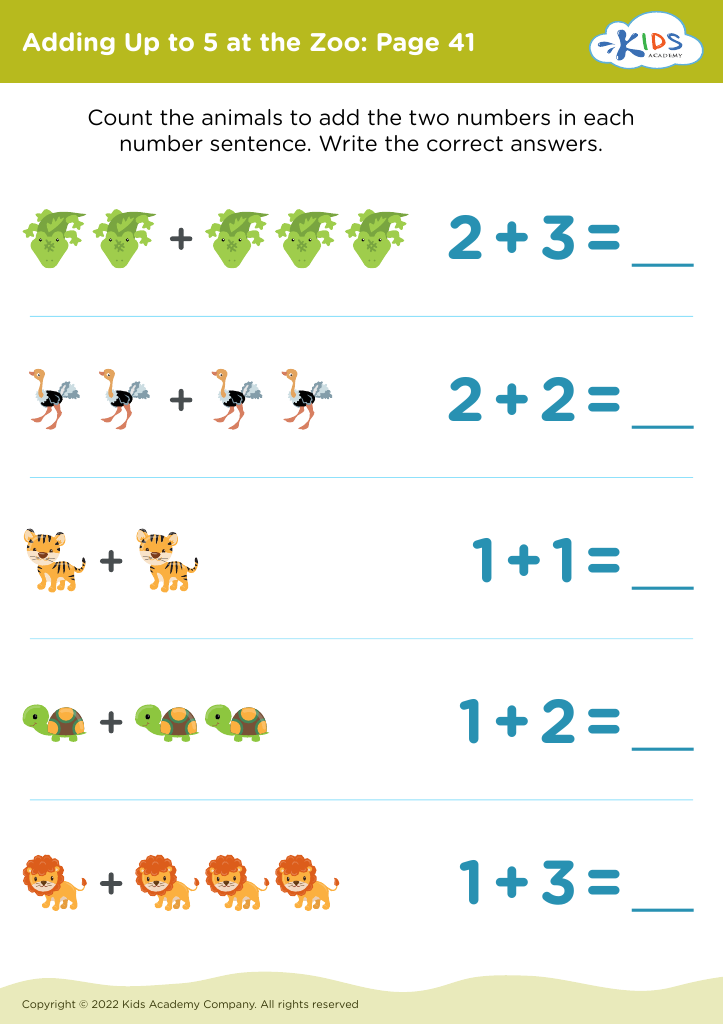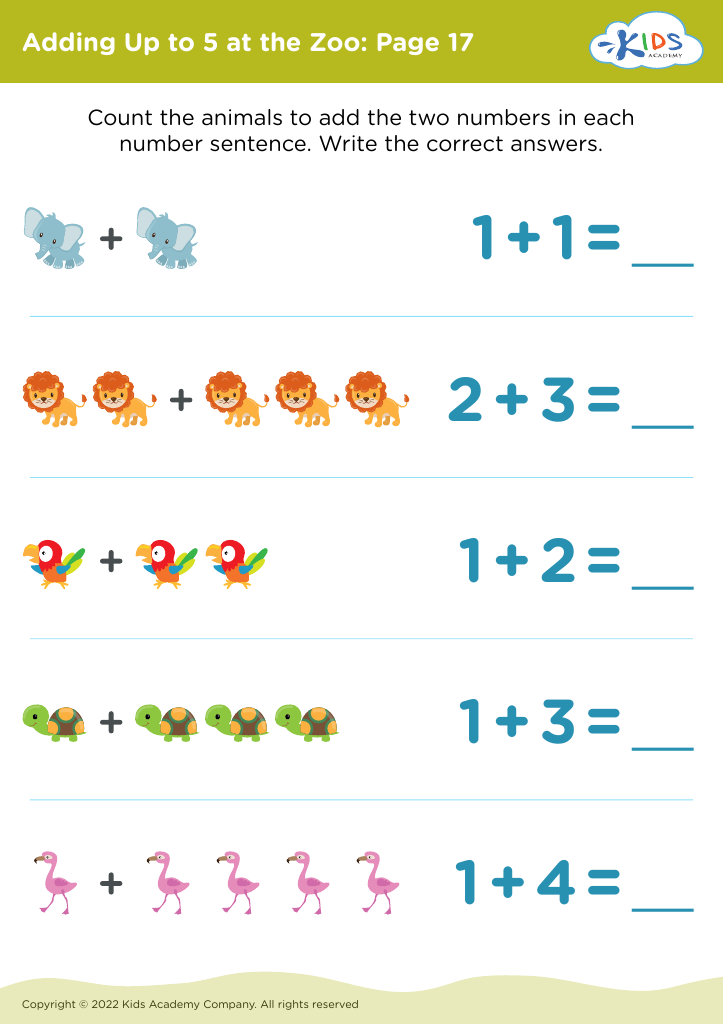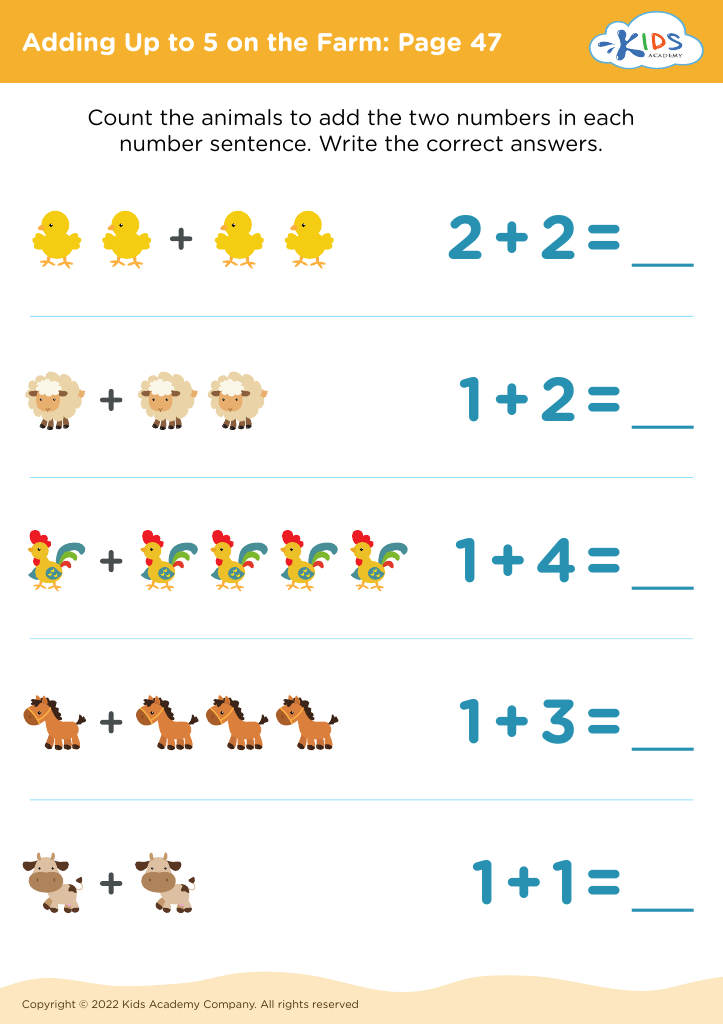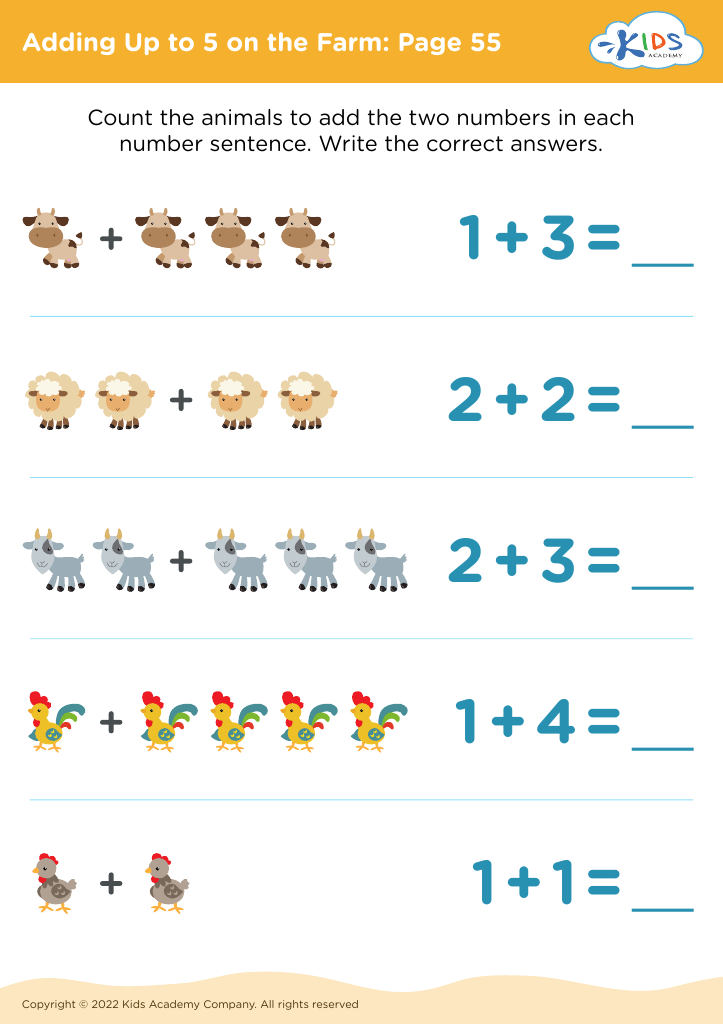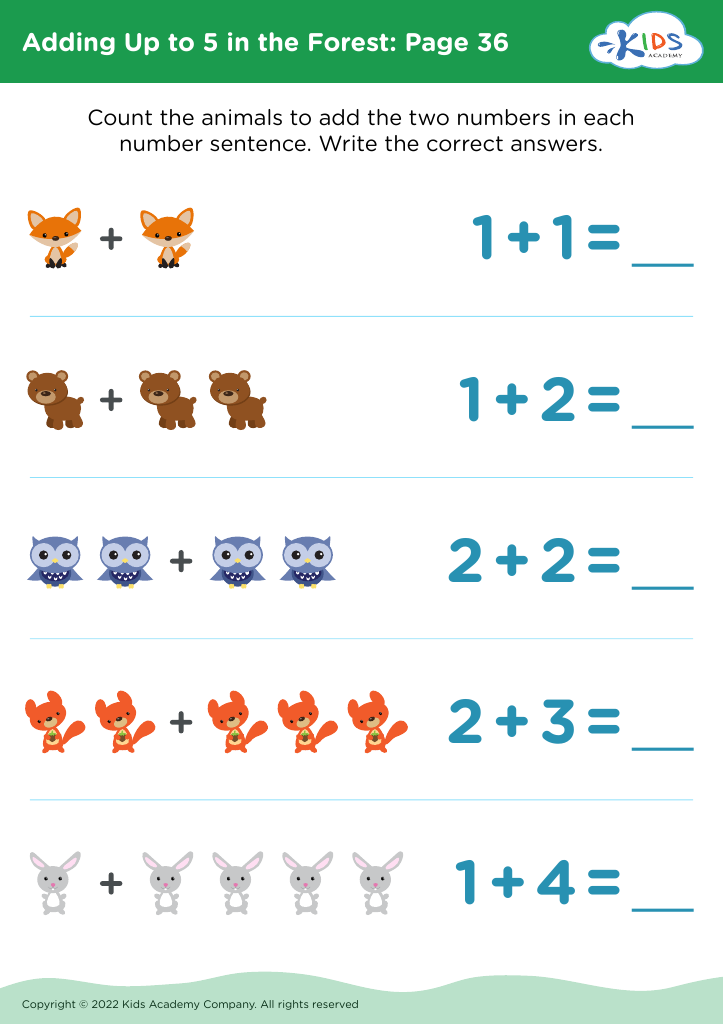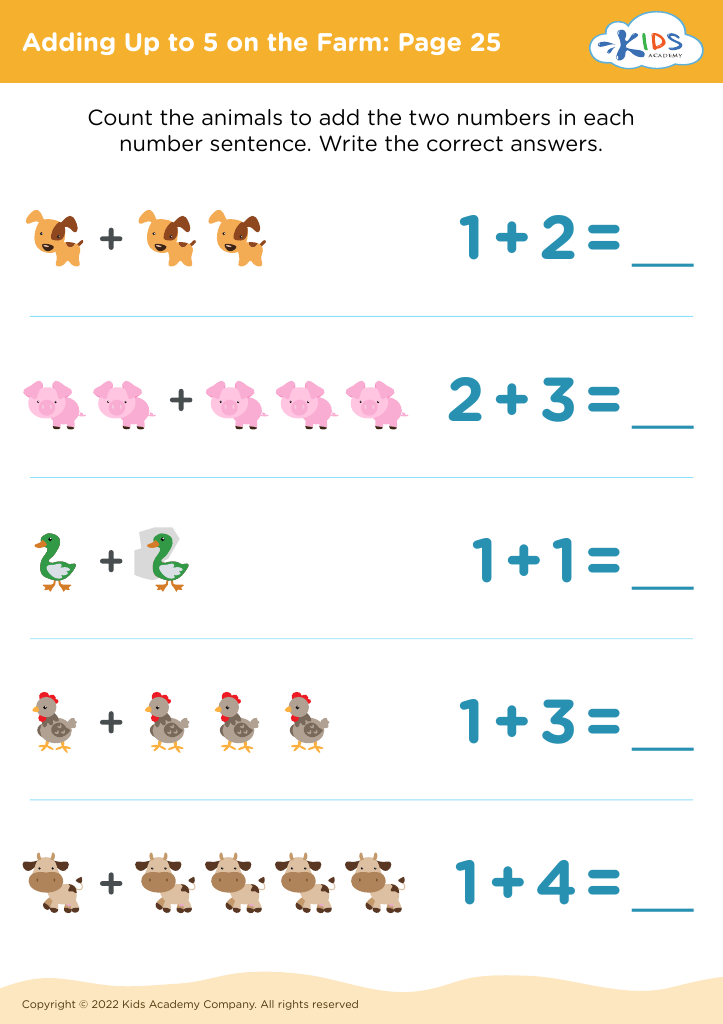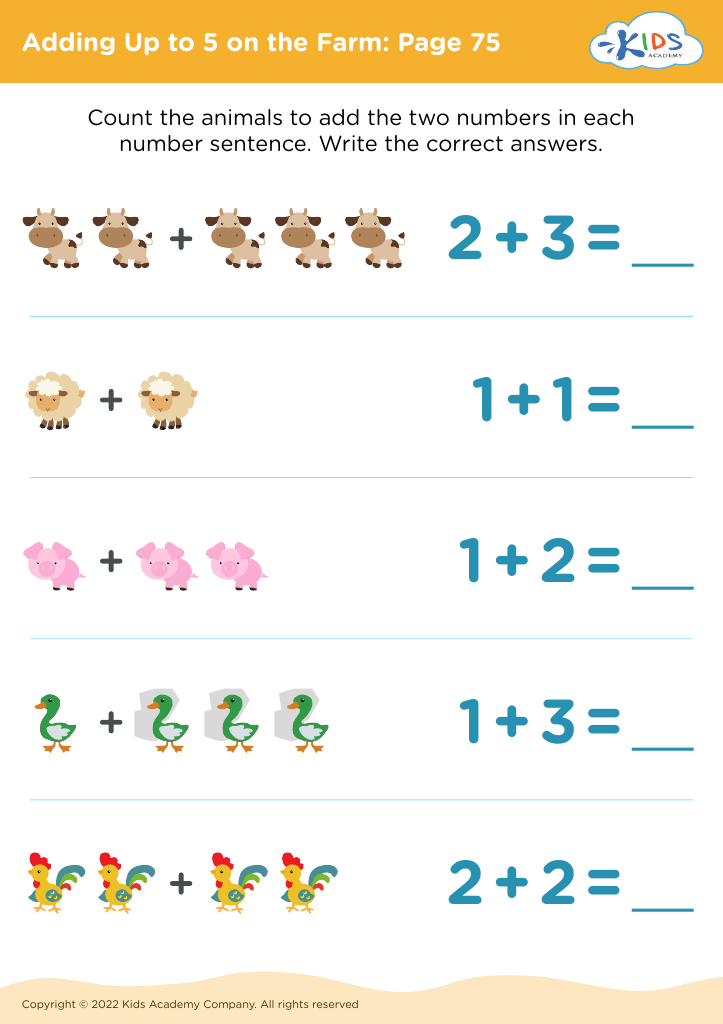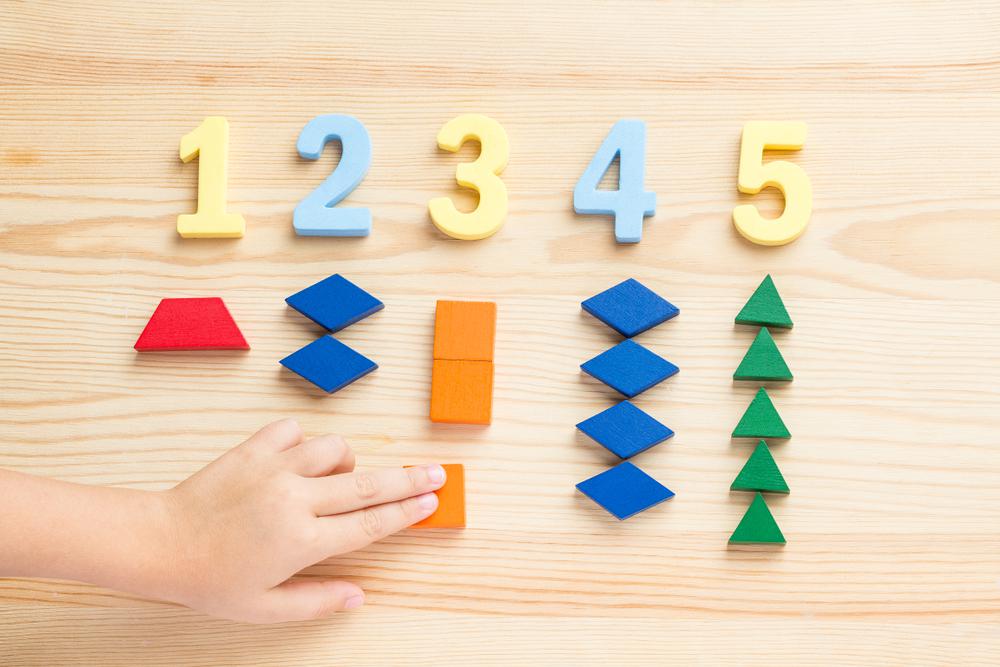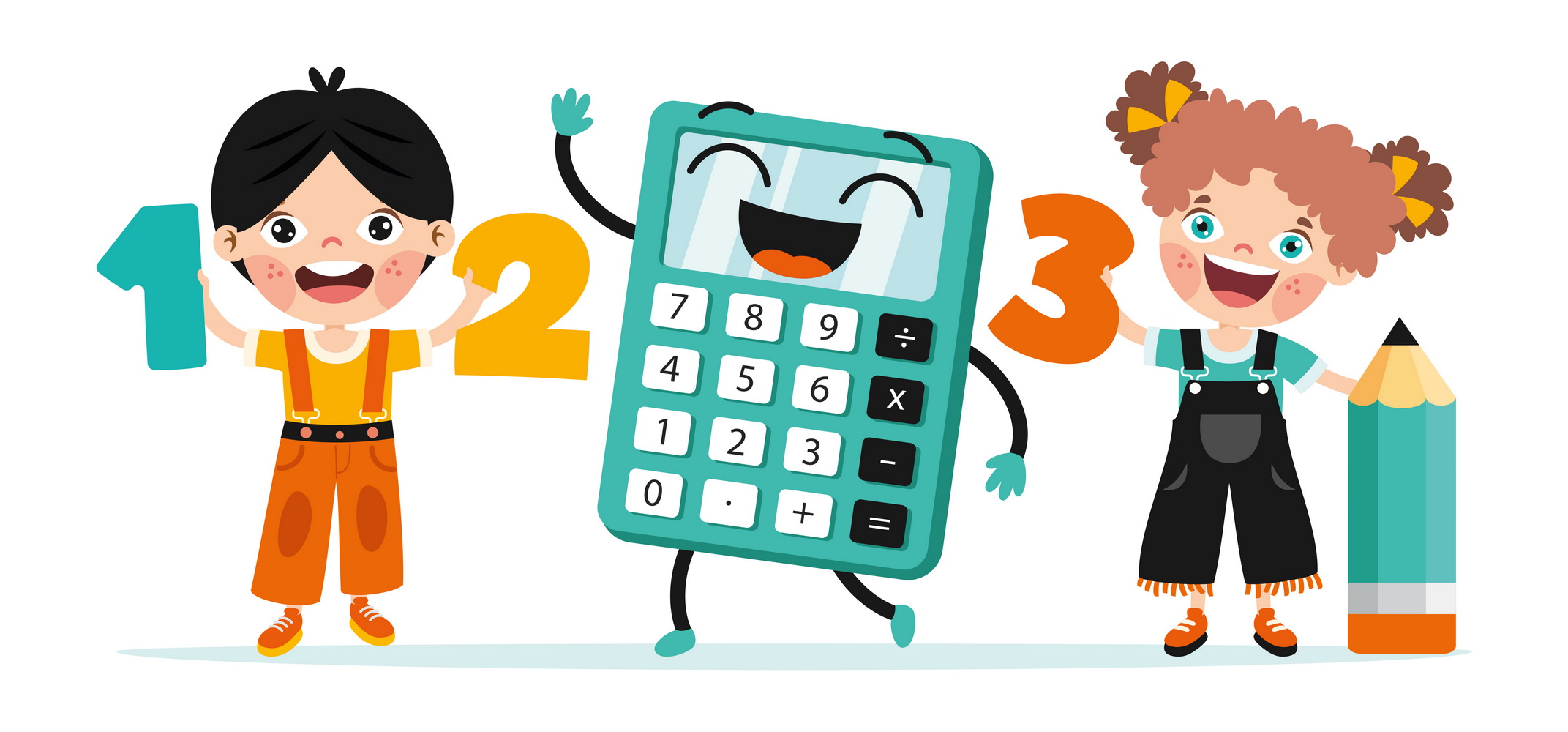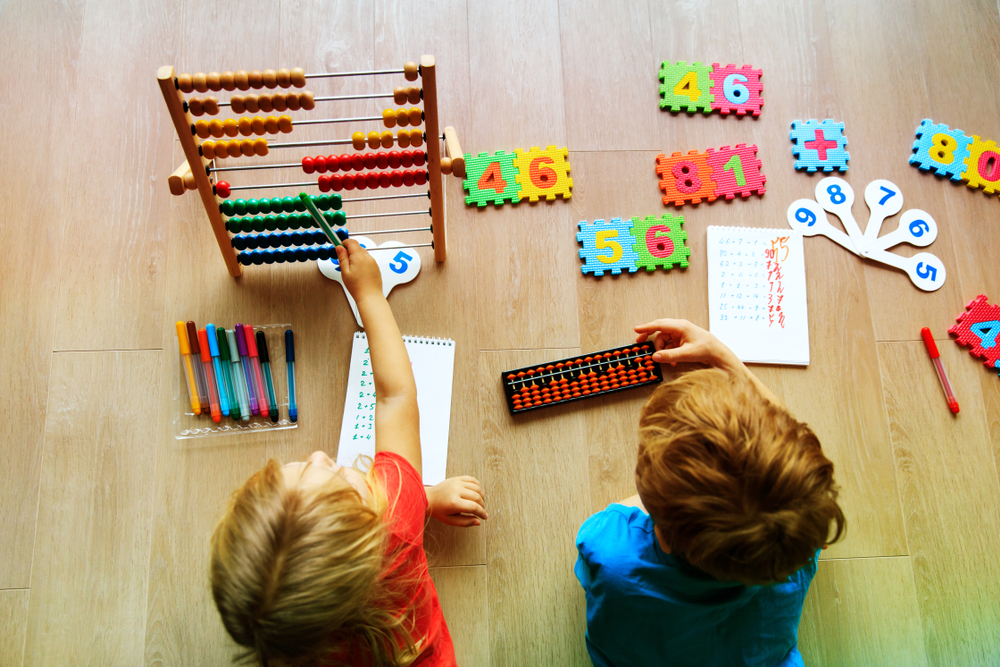Animal identification Math Worksheets for 4-Year-Olds
31 filtered results
-
From - To
Animal Identification Math Worksheets for 4-Year-Olds
Discover the exciting world of math with our Animal Identification Math Worksheets tailored for 4-year-olds! These engaging printables blend essential early math skills with fun animal recognition exercises, making learning an adventurous journey. Designed to enhance number sense, counting, and sorting abilities, each worksheet features delightful animals that captivate young learners' imaginations. Perfect for preschoolers, these activities foster both cognitive and fine motor skills mastery, ensuring a well-rounded educational experience. Let your child enjoy the perfect blend of fun and learning with our captivating animal-themed math worksheets on Kids Academy!
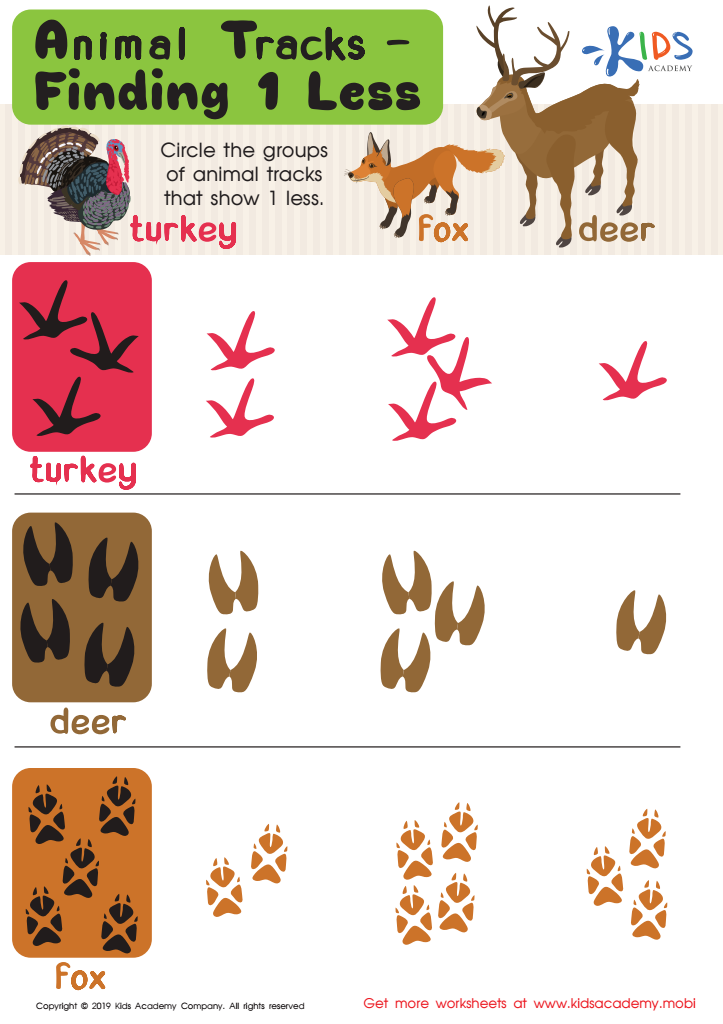

Animal Tracks: Find 1 Less Worksheet
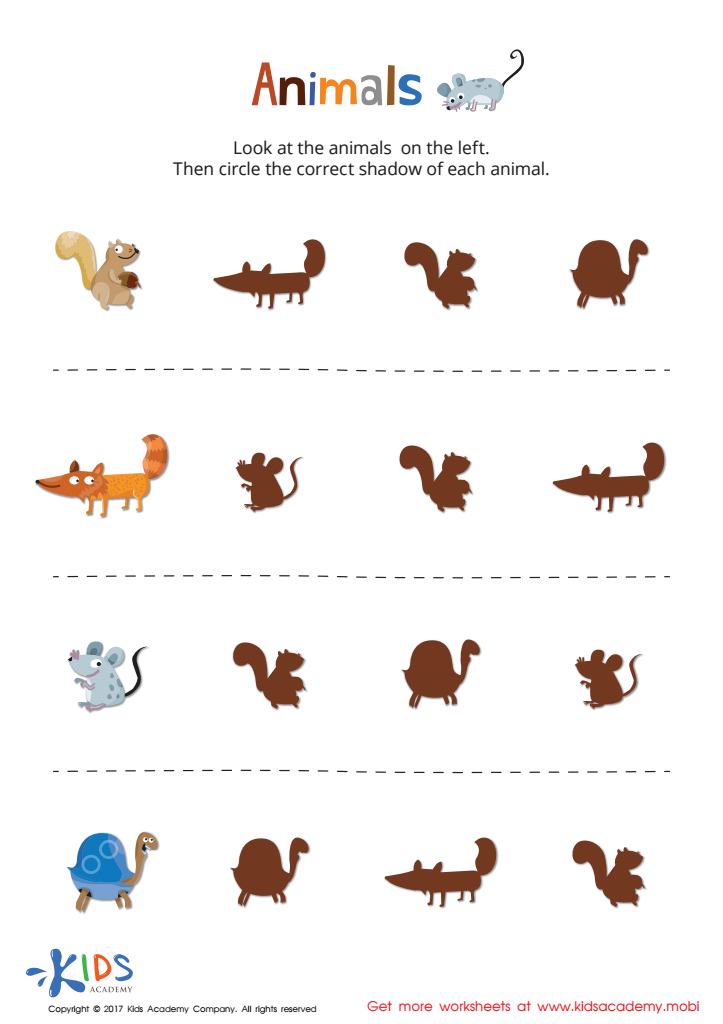

Animal Shadows Sorting Worksheet
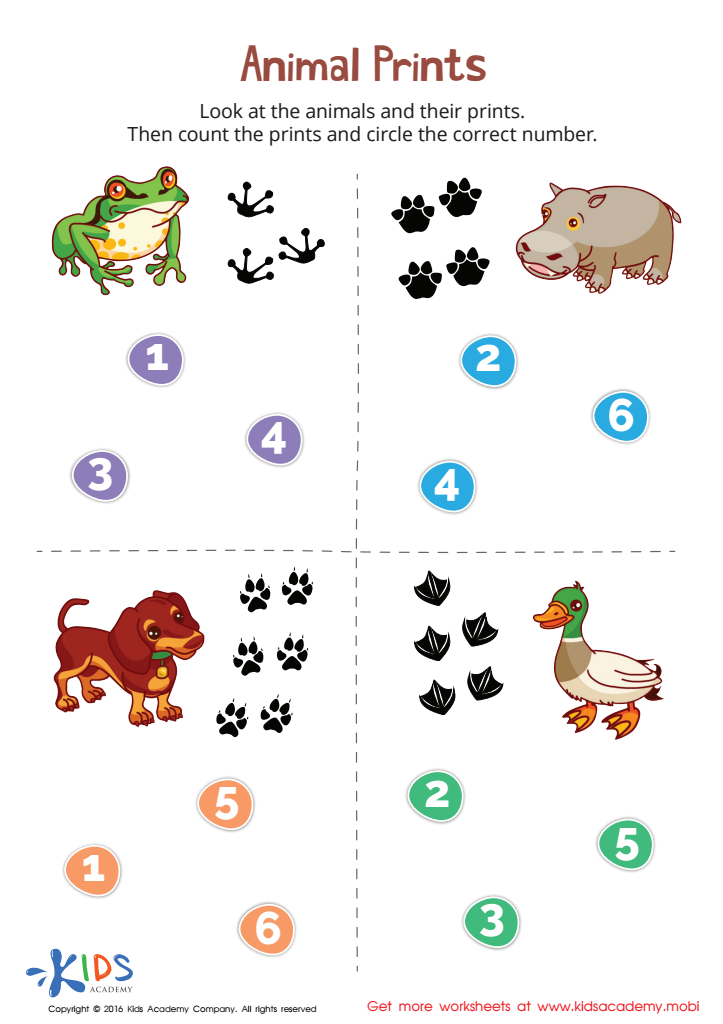

Animal Prints Match-Up Worksheet
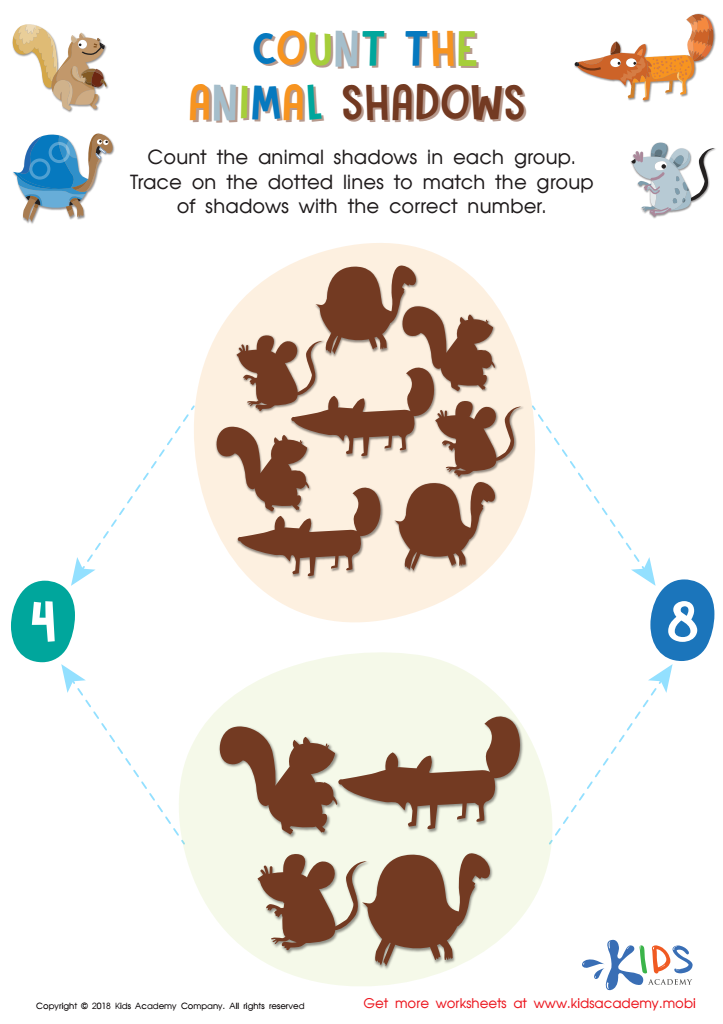

Count the Animal Shadows Worksheet
Parents and teachers should care about animal identification math for 4-year-olds because it provides a multidisciplinary approach to early childhood education that lays a strong foundation for both cognitive and social-emotional development. Combining animal identification with basic math skills helps children learn important concepts in a fun and engaging way.
For example, asking a child to count the number of spots on a ladybug or to sort animals by size or type not only introduces them to numbers and categorization but also enhances their observational skills and fosters a love for nature. This kind of activity stimulates curiosity and encourages critical thinking as well as problem-solving abilities. Those are essential skills that will be used throughout their lives.
Furthermore, integrating these subjects encourages communication and social interaction. Discussing animal traits and features can lead to collaborative activities where kids name animals, share what they know, and listen to peers. This is beneficial for language development as well as social skills, like turn-taking and expressing ideas clearly.
Ultimately, teaching animal identification math supports a holistic learning experience, nurturing well-rounded individuals who are equally proficient in intellectual and interpersonal skills. This dual emphasis is crucial for a successful educational journey and fosters a lifelong love for learning.

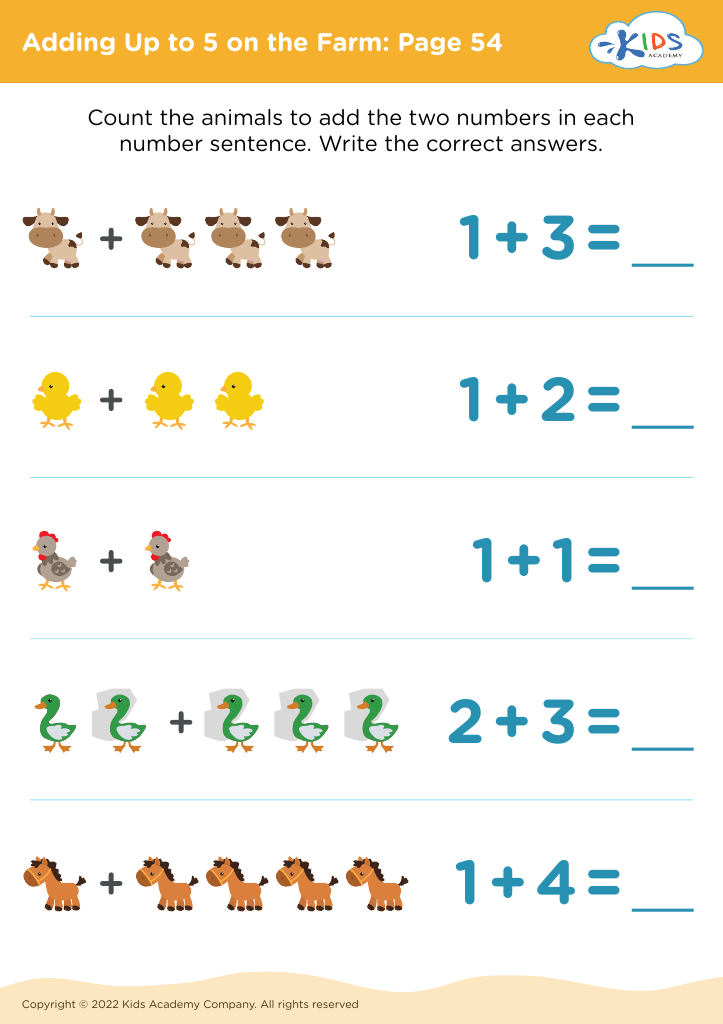
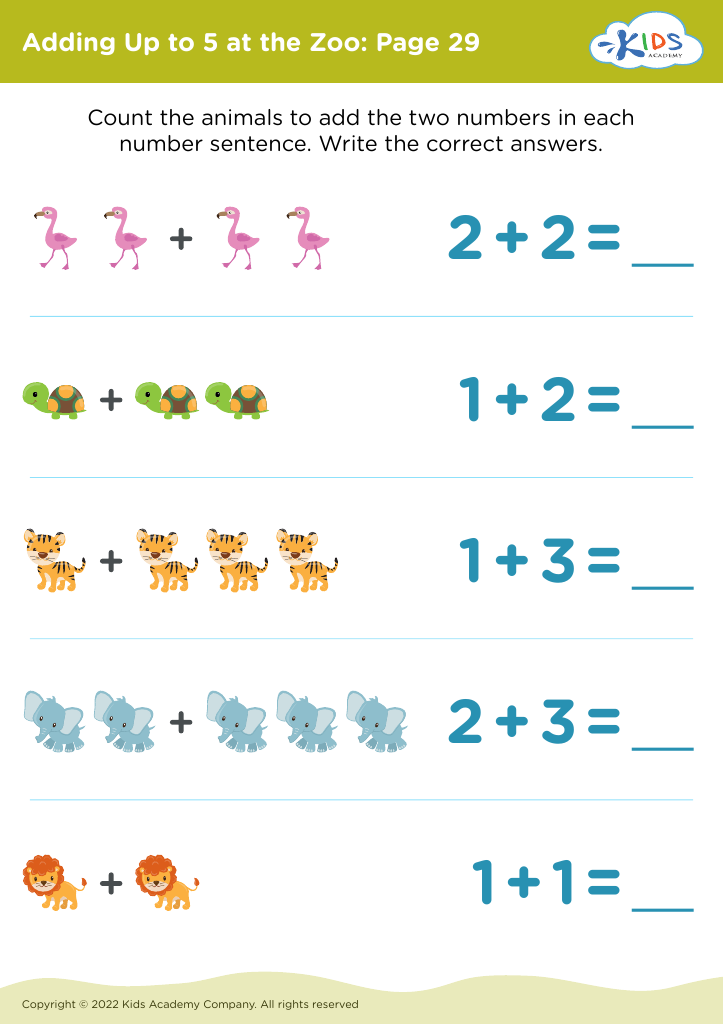
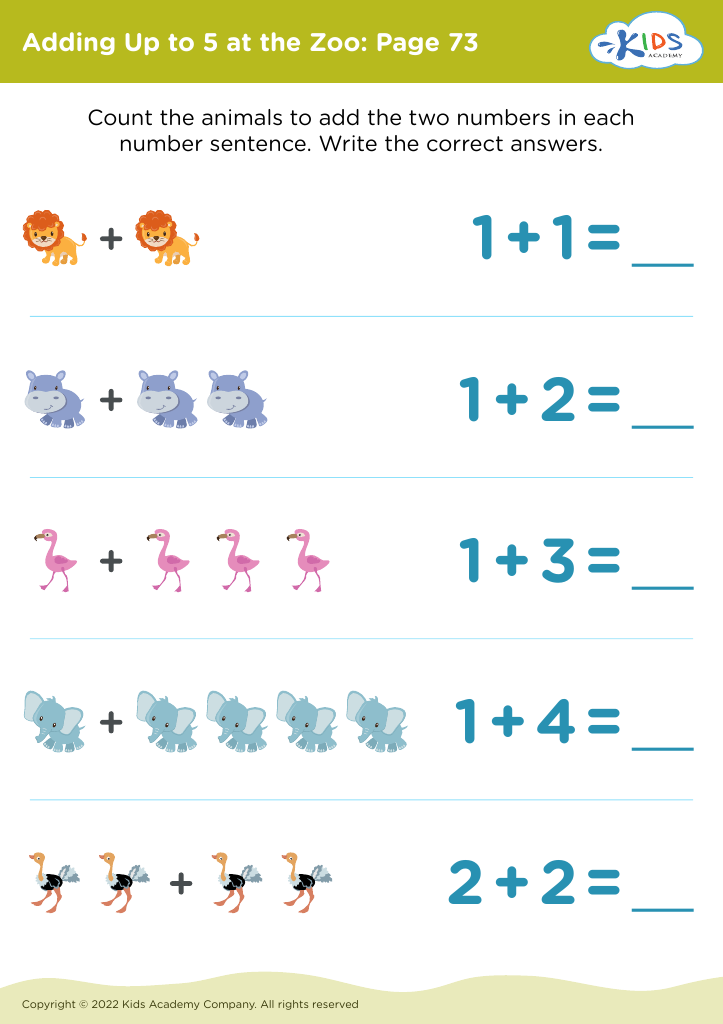
 Assign to My Students
Assign to My Students
